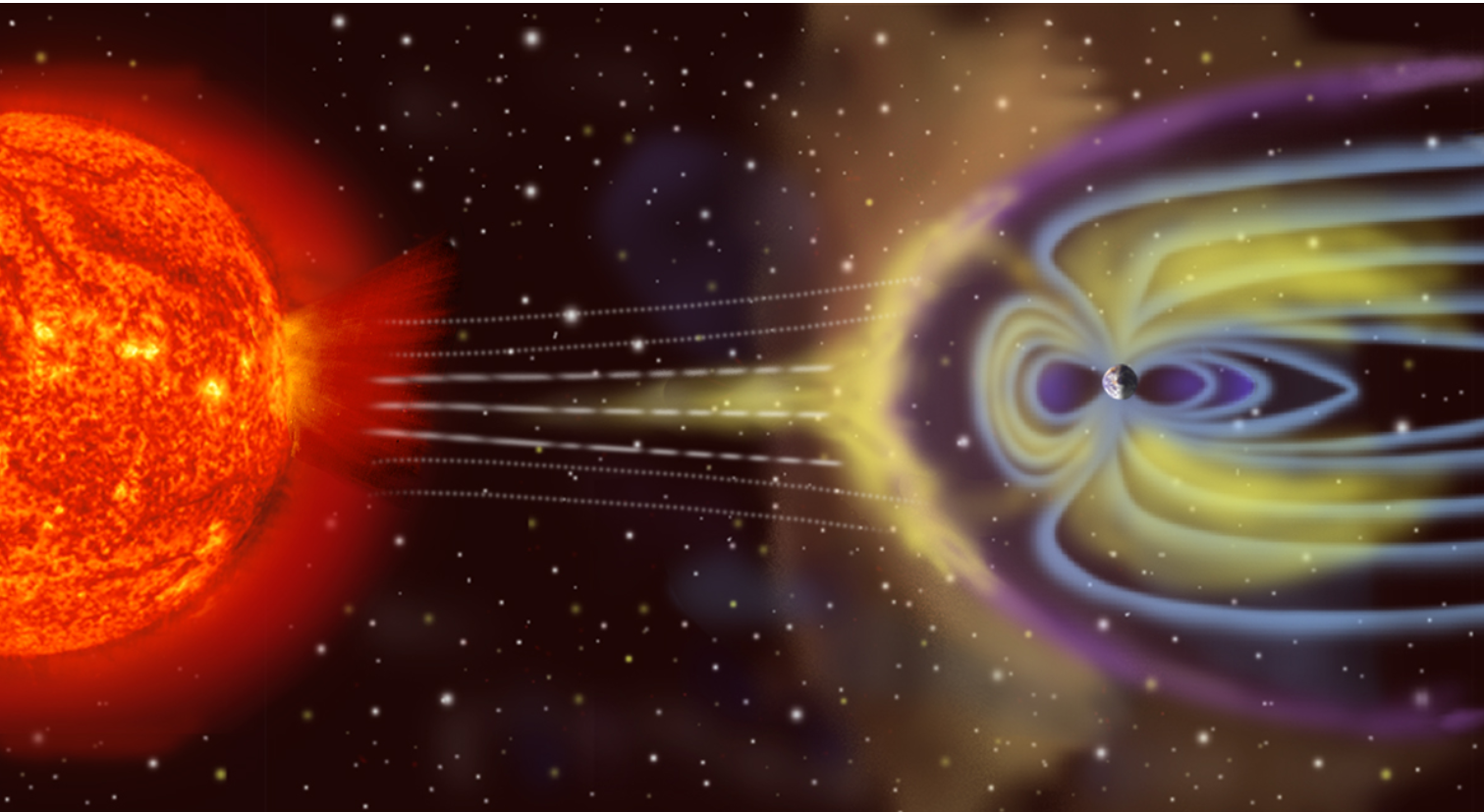Magnetic storms in February 2025: forecast for the month
1 February 02:38
In February 2025, increased solar activity is expected, which can cause magnetic storms of varying intensity. They can affect the well-being of weather-dependent people, as well as the operation of electronic devices and communication systems. This is reported by "Komersant Ukrainian" with reference to Meteoagent and the US National Oceanic and Atmospheric Administration (NOAA).
According to the forecasts of the US National Oceanic and Atmospheric Administration (NOAA), the most significant magnetic storms are expected on the following dates:
- february 1-2 – average level of geomagnetic disturbances.
- february 4-5 – a powerful solar flare is expected, which could cause a severe storm.
- february 7-8 – a weak magnetic storm, hardly noticeable to most people.
- february 17 – an average geomagnetic storm is expected.
- february 18-19 – one of the strongest periods of magnetic activity in the month.
- february 20 – moderate geomagnetic disturbances are possible.
- february 24 – an intense storm is forecast, which may affect human health.

It should be noted that the forecast is subject to change as solar activity researchers update their data every three hours.
Follow us on Telegram: the main news in a nutshell
Magnetic storms
Magnetic storms are temporary perturbations of the Earth’s magnetic field caused by solar activity bursts, such as coronal mass ejections or solar flares. They occur when powerful emissions of charged particles (plasma) from the Sun interact with the Earth’s magnetosphere. These solar plasma streams can change the shape and direction of the Earth’s magnetic field, causing disturbances and magnetic storms.
Follow us on Telegram: the main news in a nutshell
Magnetic storms are classified according to their intensity – from G1 (weakest) to G5 (strongest). Severe magnetic storms (G3 and above) can cause problems in power grids, communication systems, satellite operations, and even aviation. Space agencies such as NOAA and NASA monitor solar activity and predict potential magnetic storms, which allows for precautionary measures to be taken.
During magnetic storms, solar plasma particles interact with the upper layers of the Earth’s atmosphere, resulting in the formation of bright northern lights at high latitudes.
How do magnetic storms affect the body?
Magnetic storms are natural phenomena associated with solar activity, and although they rarely pose a serious danger, it is important to understand their impact.
Magnetic storms do not pose a serious health risk to most people. However, some studies indicate that mild disorders such as headaches, dizziness, insomnia, or deterioration of health in meteorologically sensitive people may occur during strong magnetic storms.
Follow us on Telegram: the main news in a nutshell
Geomagnetic fluctuations can cause a deterioration in health, especially in people with chronic illnesses. The most common symptoms are:
- headaches and dizziness;
- changes in blood pressure;
- weakness, decreased ability to work;
- sleep disturbances and increased irritability.
How to reduce the impact of magnetic storms?
To minimize the negative impact of magnetic storms, you should follow simple recommendations:
- Daily routine: try to go to bed and wake up at the same time.
- Hydration: drink enough clean water, avoid caffeine and alcohol.
- Proper nutrition: include foods rich in magnesium and potassium (bananas, nuts, spinach) in your diet.
- Limit physical activity: do not overexert yourself, avoid stressful situations.
- Medications: if you are taking medication, remember to follow your doctor’s recommendations.
When planning your affairs, you should take into account periods of increased geomagnetic activity to avoid unnecessary discomfort and maintain good health.
Follow us on Telegram: the main news in a nutshell









